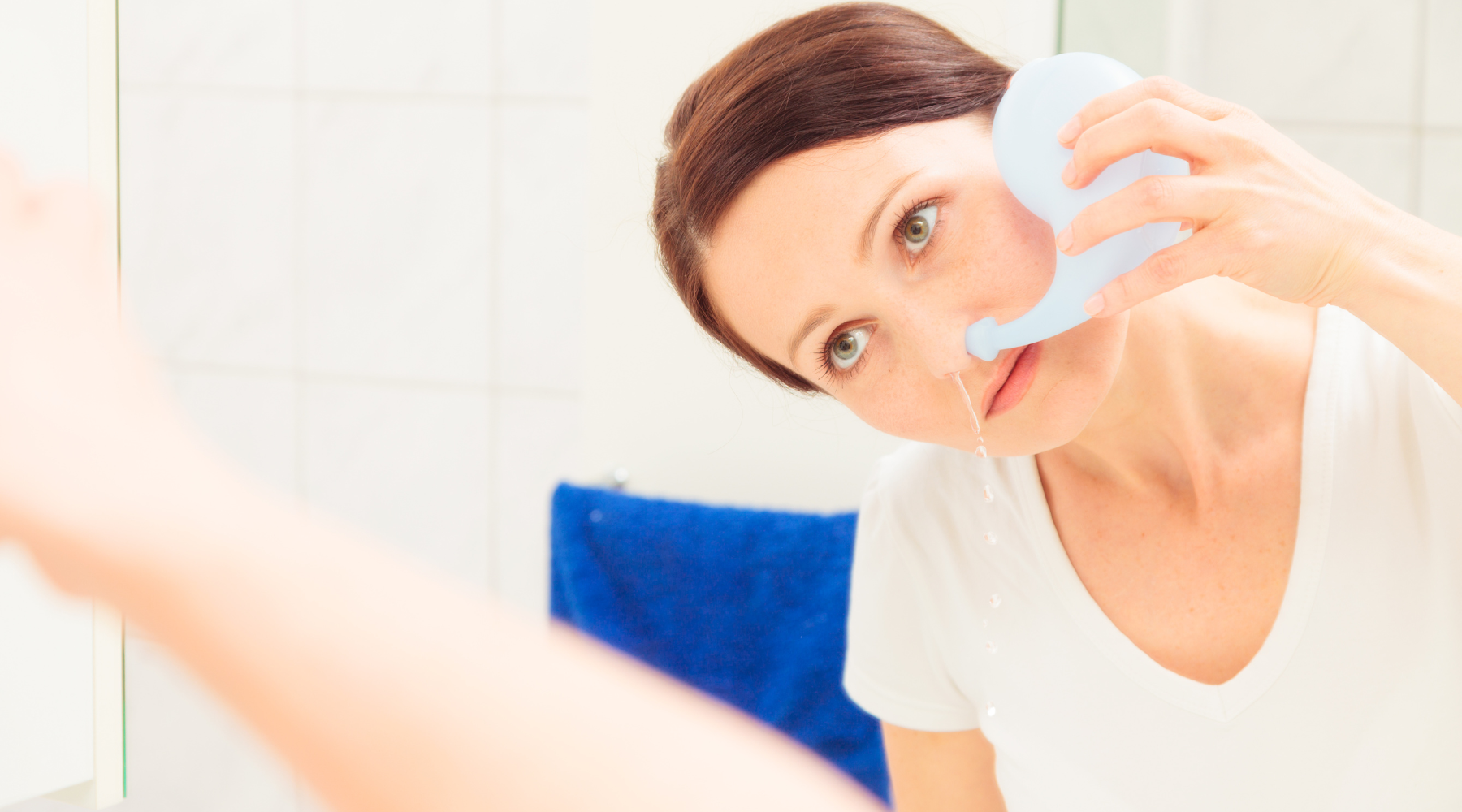Each week, OMRF Chief Medical Officer Dr. Judith James opens “Adam’s Journal” to answer a medical question from Adam Cohen, OMRF’s senior vice president & general counsel.
Adam’s Journal
At this time of year, many people suffer from sinus inflammation, congestion and various respiratory infections. Can rinsing your sinuses with saltwater using a neti pot or similar device help? Are there any dangers associated with nasal rinsing?
Dr. James Prescribes
Although neti pots and other forms of rinsing the nostrils with saltwater might seem trendy or novel, the practice actually dates back thousands of years. And, as is so often the case with customs that have survived for millennia, the evidence suggests it can be effective.
In 2021, a panel of international experts published a consensus statement on the most effective treatments for common sinus problems, like chronic inflammation of the nasal passages, which can lead to issues like congestion, pain and runny nose. The panel looked at a number of studies and concluded that, though the evidence was limited, regular sinus rinsing was one of the treatments shown to be most helpful.
Other, smaller studies have suggested the practice can bring relief in treating nasal problems associated with seasonal allergies. Similarly, while the research is not as robust, there is also evidence to suggest the practice can help soothe the symptoms associated with upper respiratory infections like those associated with colds and flu.
As long as you use distilled water or boiled tap water that has cooled (eliminating the risk for rare infections that could occur with unboiled tap water), there is very minimal risk to the procedure.
When you mix your saline solution, experts recommend avoiding table salt, as it can contain additives. You can find premixed packets at your pharmacy or order them from online retailers like Amazon.
Although you can buy powered devices to flush water through the nose, they aren’t necessary; they cost more and are trickier to clean.
Indeed, the simplest way is to stand over the sink and tilt your head to one side. Pour or squirt about four ounces of water through your upper nostril and let it trickle out of your lower nostril. Then repeat in the other nostril.
Some water may trickle out of your mouth, and the process may take some getting used to. But plenty of people swear by this process, which they typically do once or twice a day.
–
James, a physician-scientist, is executive vice president and chief medical officer of the Oklahoma Medical Research Foundation. Cohen is a marathoner and OMRF’s senior vice president and general counsel. Submit your health questions to contact@omrf.org.



